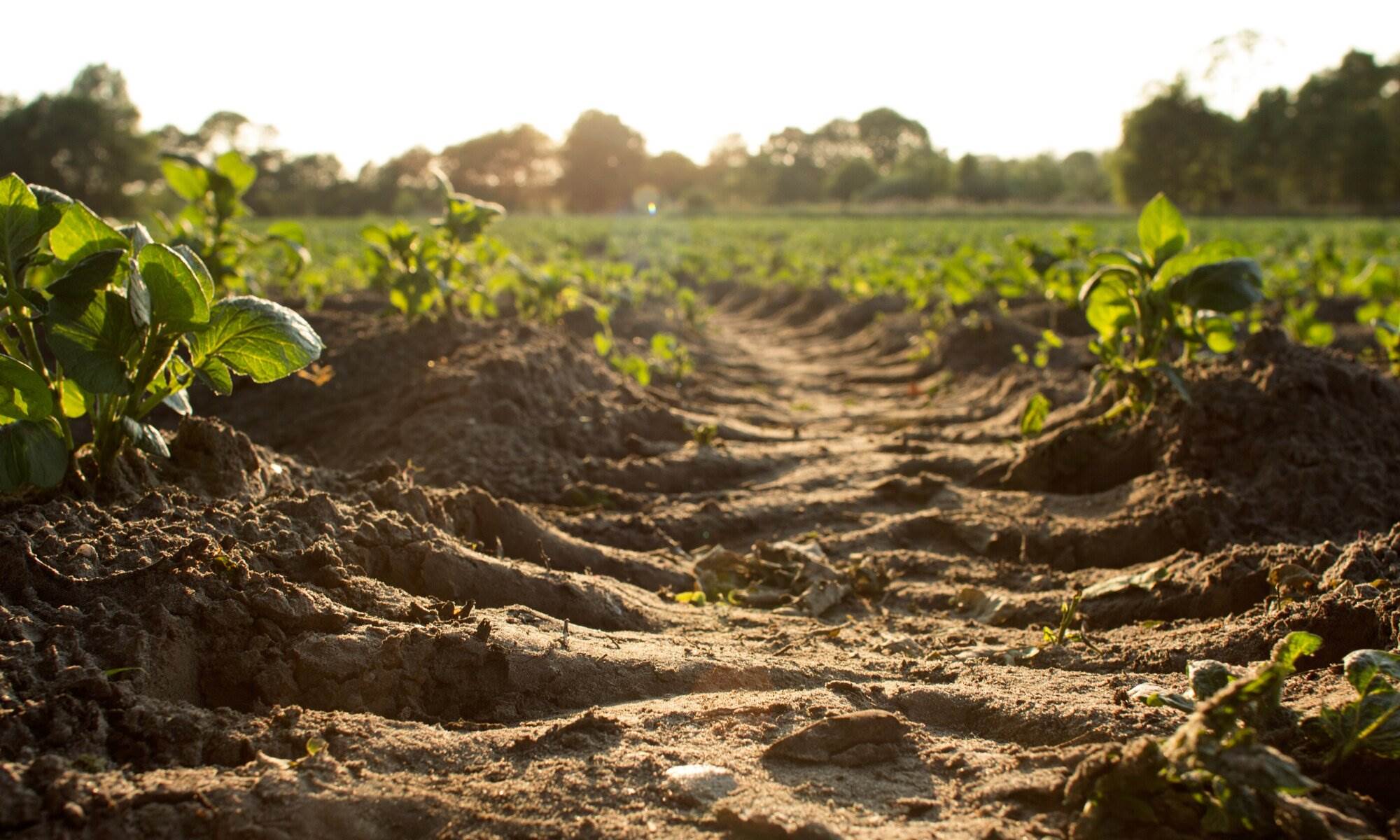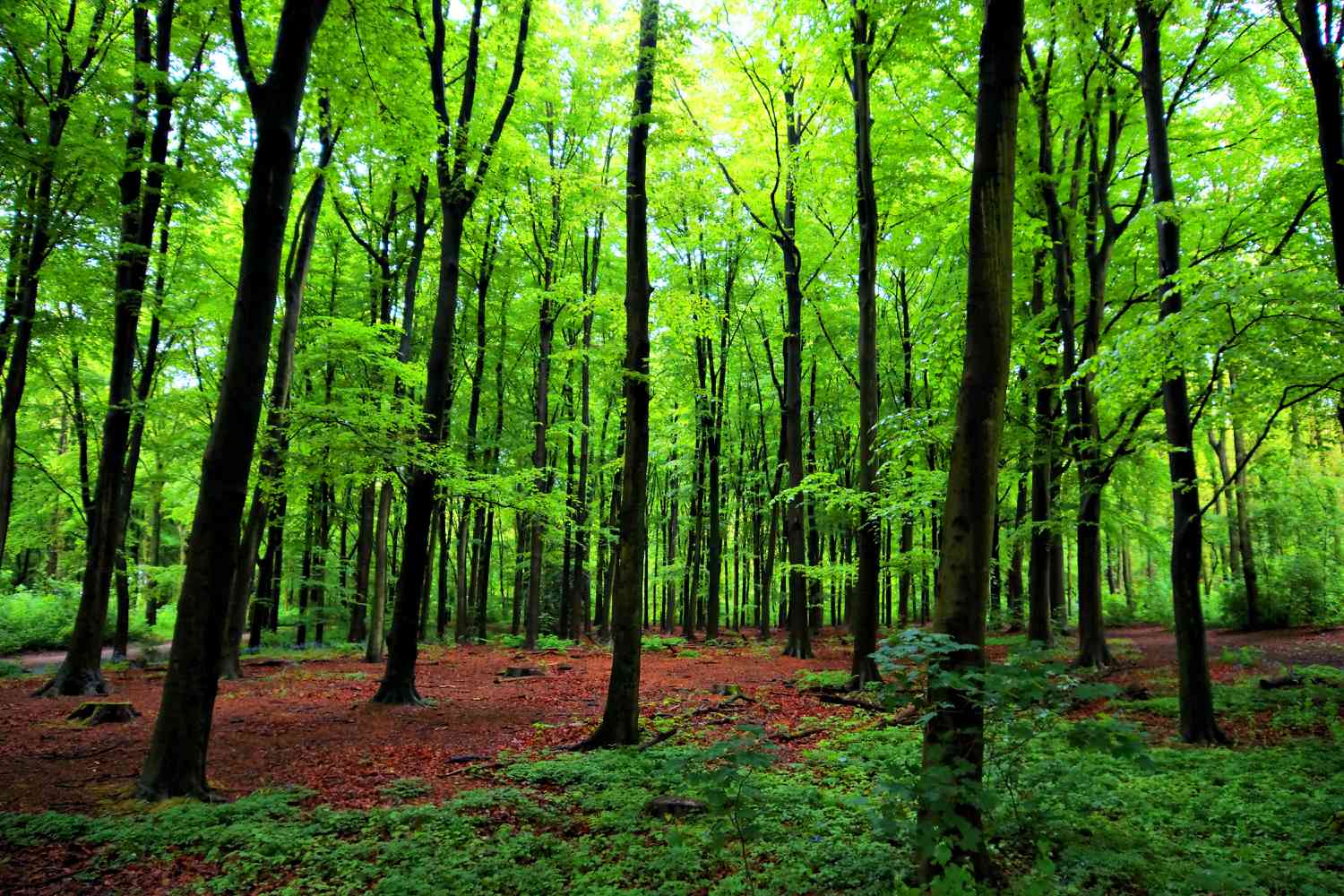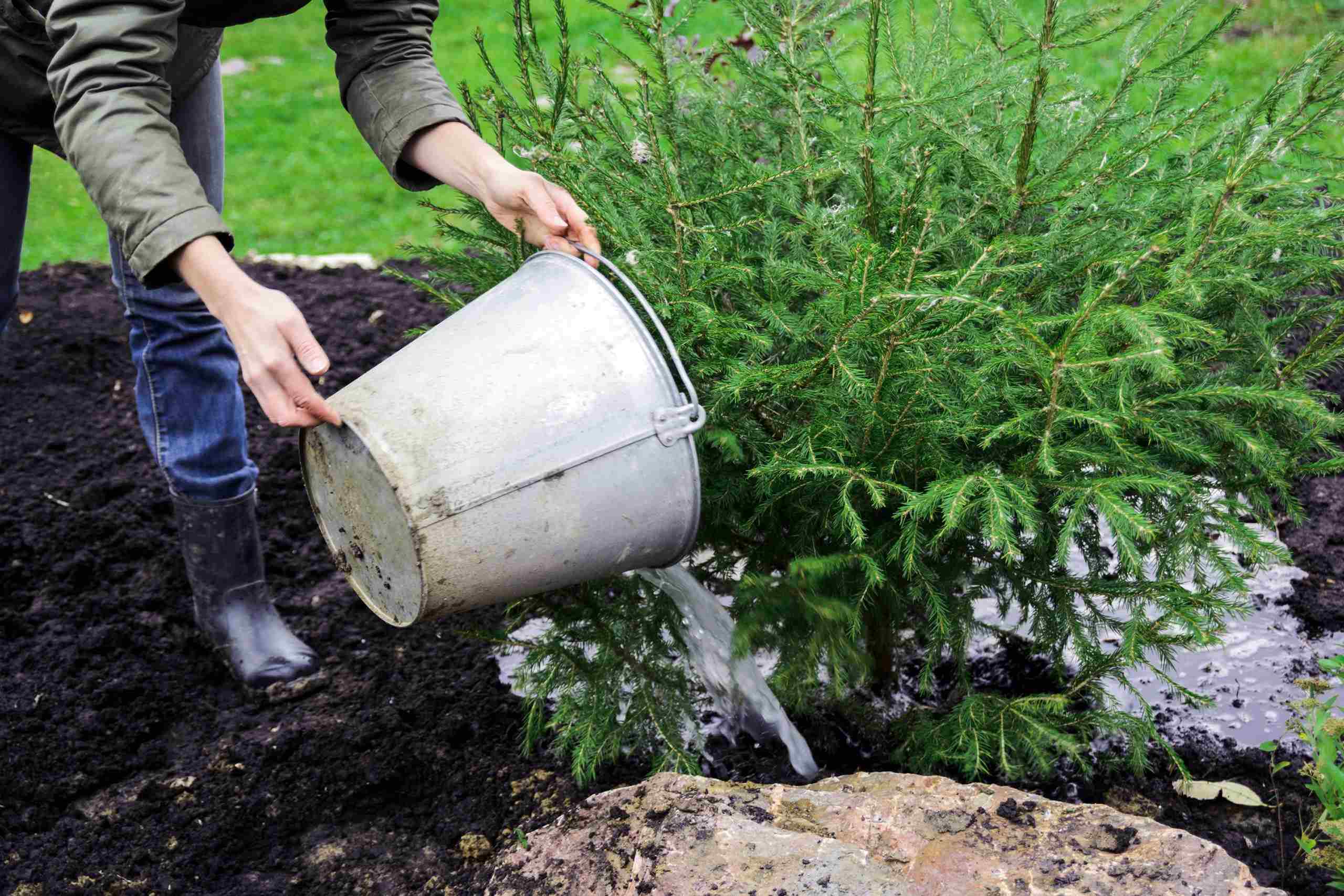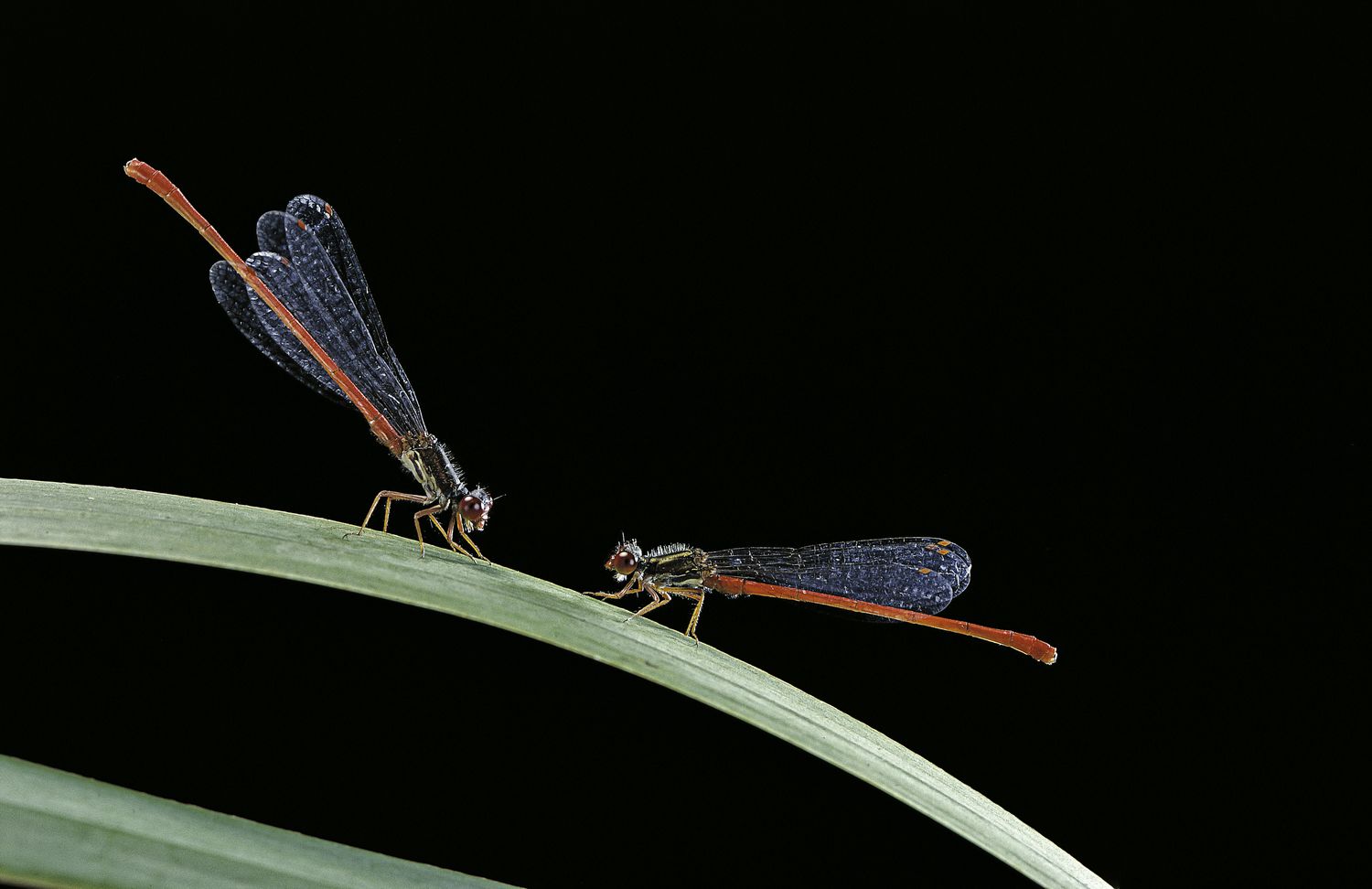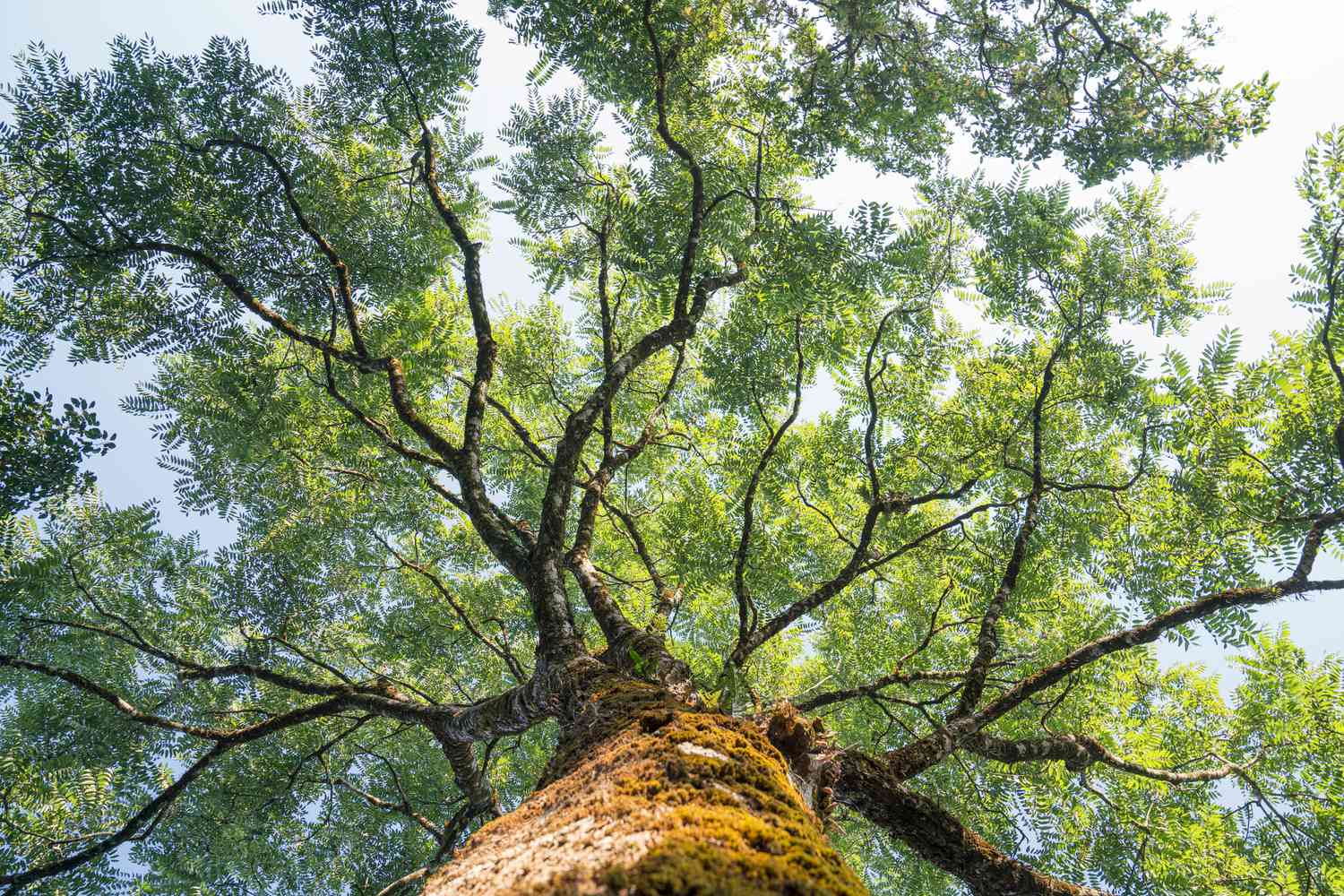Home>Gardening News and Trends>Latest News>Which Soil Would Most Likely Be Found In The Arctic


Latest News
Which Soil Would Most Likely Be Found In The Arctic
Published: February 12, 2024
Discover the Latest News on Soil in the Arctic and find out which type of soil is most commonly found in this region. Stay informed with our informative articles!
(Many of the links in this article redirect to a specific reviewed product. Your purchase of these products through affiliate links helps to generate commission for Chicagolandgardening.com, at no extra cost. Learn more)
Table of Contents
Introduction
The Arctic is a vast and unique ecosystem located in the northernmost regions of the Earth. It is characterized by extreme cold temperatures, long periods of darkness, and the presence of permafrost. While the Arctic is often associated with icy landscapes and polar bear habitats, the soil found in this region is equally fascinating and important.
Arctic soils play a crucial role in the overall functioning of this fragile ecosystem. They provide a foundation for plant growth, act as a habitat for a variety of organisms, and contribute to the carbon cycle. Understanding the characteristics and formation processes of Arctic soils is essential for scientists, environmentalists, and policymakers in order to protect and sustain this unique environment.
In this article, we will explore the different types of soils found in the Arctic and delve into the factors that influence their formation. We will also discuss the distribution of Arctic soils and their significance in the broader context of global ecosystems.
It is important to note that the Arctic is a vast and diverse region, spanning across different countries and landscapes. Therefore, the specific characteristics of Arctic soils may vary based on location, climate, and other factors. Nonetheless, certain patterns and trends can be observed, shedding light on the fascinating world of Arctic soil.
So let’s embark on a journey to discover the complex and intriguing soils that exist in the Arctic. By gaining a deeper understanding of these soils, we can better appreciate the incredible resilience of this unique environment and work towards its preservation for future generations.
Characteristics of Arctic Soils
Arctic soils exhibit several distinct characteristics that set them apart from soils found in other regions of the world. These characteristics are a result of the extreme climate conditions and the presence of permafrost, which greatly influence soil formation processes. Here are some key characteristics of Arctic soils:
- Permafrost: Permafrost is a layer of permanently frozen ground that can extend several meters deep in the Arctic. It acts as a barrier, preventing water from infiltrating the soil and causing it to remain frozen for most of the year. This frozen layer restricts drainage, resulting in waterlogged soils with poor internal drainage.
- Frost Action: The freeze-thaw process, known as frost action, has a significant impact on the structure of Arctic soils. During the winter months, water in the soil pores freezes, causing the soil particles to expand. This expansion can lead to the formation of large cracks and fissures in the soil. When the ice melts in the warmer months, the soil particles settle, resulting in a process known as cryoturbation, which disrupts the layering of the soil profile.
- Low Organic Matter Content: Arctic soils generally have lower organic matter content compared to soils in temperate regions. The cold temperatures and limited vegetation growth restrict the input of organic materials such as leaf litter and plant debris. As a result, organic matter decomposition is slow, leading to the accumulation of partially decomposed organic material known as peat.
- High Mineral Content: Arctic soils are often mineral-rich, with high concentrations of minerals such as iron, aluminum, and calcium. These minerals are derived from parent materials such as weathered bedrock and glacial deposits. Minerals play a crucial role in soil fertility and the availability of essential nutrients for plant growth.
- Acidic pH: Arctic soils tend to be acidic due to the slow decomposition of organic matter and the absence of alkaline minerals. The acidic pH limits nutrient availability and can affect plant growth.
These unique characteristics make Arctic soils both challenging and important in terms of ecosystem dynamics and productivity. The presence of permafrost, frost action, and the limited organic matter content contribute to a fragile soil structure that is susceptible to erosion and nutrient leaching. Understanding these characteristics is vital for effective land management and conservation efforts in the Arctic region.
Permafrost and its Impact on Soil Formation
Permafrost, a defining feature of the Arctic, plays a crucial role in shaping the formation and properties of Arctic soils. Permafrost refers to the layer of permanently frozen ground that exists beneath the active layer of soil. Its presence has a significant impact on the dynamics of soil formation and nutrient cycling. Here are some key ways that permafrost influences soil in the Arctic:
1. Restricting Water Availability: Permafrost acts as a barrier that impedes water drainage. As a result, the active layer above the permafrost becomes saturated with water, creating waterlogged conditions in the soil. This water saturation limits the movement of water through the soil profile, affecting the availability of essential nutrients for plant uptake. The restricted water availability also affects microbial activity and decomposition processes in the soil.
2. Frost Action: The freezing and thawing cycles associated with permafrost, known as frost action, have a significant impact on soil formation. During freezing, the water in the soil expands as it turns into ice, causing the soil particles to shift and creating cracks and fissures. When the ice melts during thawing, the soil particles settle, resulting in a process called cryoturbation. Cryoturbation disrupts the vertical layering of the soil, leading to changes in soil horizons and the redistribution of organic matter and mineral particles.
3. Biogeochemical Cycling: Permafrost influences the biogeochemical cycling of nutrients in Arctic soils. The frozen conditions limit the decomposition of organic matter and the release of nutrients into the soil. As a result, nutrients tend to accumulate in the organic-rich surface layer, which is known as the active layer. This layer experiences seasonal thawing and provides a favorable environment for plant growth and nutrient uptake. However, the limited depth of the active layer restricts the availability of nutrients to deeper-rooted vegetation.
4. Erosion and Landscape Instability: Permafrost degradation due to climate change can have profound impacts on soil stability and erosion. As temperatures rise, permafrost melts, leading to the destabilization of the soil and increased potential for erosion. The loss of permafrost can result in the collapse of landforms, such as thermokarst lakes and sinkholes, further altering the landscape and soil characteristics.
Permafrost acts as a fundamental driver of soil formation and composition in the Arctic. Its unique properties and influence on water availability, frost action, biogeochemical cycling, and landscape stability shape the structure and dynamics of Arctic soils. Understanding the impact of permafrost on soil formation is essential for comprehending the vulnerability of Arctic ecosystems to climate change and implementing effective strategies for their conservation and management.
Organic and Mineral Content in Arctic Soils
Arctic soils have unique characteristics when it comes to their organic and mineral content. These soil properties are influenced by the extreme climate conditions, slow decomposition rates, and nutrient availability in the Arctic environment. Let’s explore the organic and mineral content of Arctic soils in more detail:
Organic Content: Arctic soils generally have lower organic matter content compared to soils in other regions. The cold temperatures and limited vegetation growth restrict the input of organic materials such as leaf litter and plant debris. As a result, organic matter decomposition is slow, leading to the accumulation of partially decomposed organic material known as peat. Peat is a dark, carbon-rich substance that forms in waterlogged conditions, often found in Arctic soils due to the water-saturated nature of the active layer above the permafrost.
The accumulation of peat in Arctic soils has important implications for carbon storage. As the decomposition of organic matter is slowed in the cold environment, large amounts of carbon can be stored in the peat layer. This can be significant in the global carbon cycle, as Arctic soils act as a carbon sink, helping to mitigate the impacts of climate change by removing carbon dioxide from the atmosphere and storing it over long periods.
Mineral Content: Arctic soils are generally mineral-rich, with high concentrations of minerals such as iron, aluminum, and calcium. These minerals are derived from parent materials such as weathered bedrock and glacial deposits. The slow weathering process in the Arctic, due to the cold and harsh climate, results in the accumulation of minerals over time. Along with providing essential nutrients for plant growth, these minerals also contribute to the fertility of Arctic soils.
The mineral composition of Arctic soils can vary based on the underlying geology and the proximity to different source materials. For example, soils in coastal areas may have a higher salt content due to the influence of marine sediments, while soils in areas influenced by volcanic activity may have higher concentrations of volcanic ash and minerals.
Understanding the organic and mineral content of Arctic soils is crucial for ecological studies, land management practices, and sustainable development in the region. The unique composition of organic matter and minerals in Arctic soils not only affects the availability of nutrients for vegetation but also has implications for carbon storage and the overall function of the Arctic ecosystem.
Soil Profiles in Arctic Regions
Arctic soils exhibit distinct soil profiles that reflect the unique environmental conditions in the region. The combination of permafrost, frost action, waterlogged conditions, and limited vegetation growth contribute to the formation of characteristic soil horizons. Let’s explore the typical soil profiles found in Arctic regions:
Organic Layer: The organic layer, also known as the O horizon, is the uppermost layer of Arctic soils. It consists of partially decomposed organic matter, such as peat, mosses, and lichens. The organic layer accumulates due to slow decomposition rates in the cold environment and serves as a source of nutrients for plant growth.
Active Layer: The active layer, also known as the A horizon, is the layer directly below the organic layer. It is the most biologically active part of the soil and experiences seasonal thawing. The active layer contains a mixture of organic and mineral material, with the highest concentration of plant roots and microbial activity. Nutrients released from the decomposition of organic matter in the active layer support vegetation growth.
Permafrost: Beneath the active layer lies the permafrost layer, which is permanently frozen ground. The permafrost layer can vary in thickness, ranging from a few meters to several hundred meters depending on the specific location. This layer restricts water movement and drainage, creating waterlogged conditions above the permafrost.
In areas where the active layer thaws completely during the summer months, the boundary between the active layer and the permafrost forms a distinct horizon known as the talik. The talik allows for the movement of water and provides an important habitat for certain species, including microbial communities.
These soil profiles are not static and can undergo changes due to environmental factors. Frost action, for example, can disrupt the layering of the soil profile, resulting in the mixing of organic and mineral material. Ongoing research is being conducted to monitor and understand the impacts of climate change on Arctic soils and their profiles, as rising temperatures can lead to permafrost thaw and the subsequent alteration of soil profiles.
By studying the soil profiles in Arctic regions, scientists gain valuable insights into soil composition, nutrient availability, and the overall functioning of these fragile ecosystems. Understanding the characteristics and dynamics of Arctic soil profiles is crucial for effective land management, conservation efforts, and predicting the response of Arctic ecosystems to ongoing environmental changes.
Factors Affecting Soil Formation in the Arctic
The formation of soils in the Arctic is influenced by a combination of factors that are unique to this extreme environment. These factors play a crucial role in shaping the characteristics and properties of Arctic soils. Let’s explore some of the key factors that affect soil formation in the Arctic:
Climate: The harsh Arctic climate, characterized by long cold winters and short summers, has a significant impact on soil formation. Cold temperatures limit biological activity and decomposition rates, resulting in slow organic matter breakdown and accumulation. Freeze-thaw cycles, known as frost action, also contribute to the mixing and disturbance of soil layers.
Permafrost: Permafrost, the layer of permanently frozen ground, is a defining feature of the Arctic. It restricts water movement and drainage, creating waterlogged conditions and affecting soil properties. The presence of permafrost influences soil temperature, moisture content, and nutrient availability.
Parent Material: The parent material refers to the underlying geological material from which soils develop. In the Arctic, parent materials can vary widely, ranging from weathered bedrock to glacial sediments. The composition and characteristics of the parent material play a significant role in determining the mineral content and fertility of Arctic soils.
Vegetation: The limited vegetation cover in the Arctic has implications for soil formation. Slow plant growth and biomass production result in lower organic matter input, influencing nutrient cycling and organic accumulation. The type and diversity of vegetation can vary depending on factors such as climate, soil moisture, and nutrient availability, further influencing soil development.
Waterlogging: The presence of permafrost and limited drainage in Arctic soils create waterlogged conditions. Excess water saturation affects soil aeration, nutrient availability, and microbial activity. Waterlogging can lead to the accumulation of certain minerals and the development of unique soil features, such as polygonal patterns known as ice-wedge polygons.
Time: Soil formation is a time-dependent process that occurs over thousands of years. In the Arctic, the slow rate of soil development is influenced by factors such as low temperatures, limited vegetation growth, and the presence of permafrost. The age of Arctic soils can vary depending on the specific location and landscape history.
Understanding the factors that affect soil formation in the Arctic is essential for studying and managing these unique environments. Changes in climate, permafrost degradation, and human activities can have significant impacts on Arctic soils, with cascading effects on vegetation, carbon storage, and nutrient cycling. By studying these factors, scientists can better predict and mitigate the impacts of environmental changes on Arctic soils and the broader ecosystem.
Distribution of Arctic Soils
Arctic soils are found across the vast expanse of the Arctic region, spanning northern parts of North America, Europe, and Asia. The distribution of these soils is influenced by a combination of factors, including climate, topography, vegetation, and parent materials. Understanding the distribution patterns of Arctic soils provides insights into the complexity and diversity of soil types in this unique environment.
The Arctic can be divided into several soil regions based on soil types and characteristics. One such region is the tundra, which covers a significant portion of the Arctic. Tundra soils are typically characterized by a shallow active layer, high organic content, and mineral-rich horizons. These soils support a variety of herbaceous plants, mosses, and lichens adapted to the cold and dry conditions.
In areas with a maritime influence, such as coastal regions, the presence of marine sediments and the proximity to the ocean can greatly influence soil distribution. Coastal soils in the Arctic often have high salt content and may exhibit unique characteristics due to the interaction between marine and terrestrial materials.
Another important soil type in the Arctic is the cryosol, which forms in areas with continuous permafrost. Cryosols are characterized by a permanent frozen layer, known as the permafrost layer, and exhibit distinct cryogenic features such as ice wedges, pingos, and thermokarst depressions. These soil types are commonly found in regions with a colder climate and more extensive permafrost coverage.
The distribution of Arctic soils is also influenced by topography. Slopes and hillsides may have thinner soils due to erosion and the movement of material downslope. Flat terrain, on the other hand, may have deeper soil profiles with a greater accumulation of organic matter.
It is important to note that soil distribution in the Arctic can be highly variable and complex due to the heterogeneity of the landscape. The presence of rivers, lakes, glaciers, and other geological features further adds to the diversity of soil types and distribution patterns. Ongoing research and mapping efforts are continuously improving our understanding of soil distribution in the Arctic and providing valuable insights into the functioning of these unique ecosystems.
The distribution of Arctic soils is of critical importance for environmental management and land-use planning in the region. Mapping and characterizing different soil types help identify areas of high soil fertility, potential agricultural suitability, or vulnerability to erosion and degradation. This information is crucial for sustainable land management practices, conservation efforts, and decision-making processes in the Arctic.
Conclusion
Arctic soils are unique and diverse, shaped by extreme climate conditions, the presence of permafrost, and slow soil formation processes. Throughout the Arctic region, these soils exhibit distinct characteristics including waterlogged conditions, high mineral content, low organic matter content, and vulnerability to erosion. Understanding the characteristics, formation processes, and distribution patterns of Arctic soils is crucial for effective ecosystem management and conservation in this fragile environment.
The presence of permafrost, a defining feature of the Arctic, greatly influences soil formation and properties. Permafrost restricts water movement, causes frost action, and affects nutrient cycling. It also plays a vital role in carbon storage, as Arctic soils act as significant carbon sinks, helping to mitigate climate change impacts. The organic and mineral content of Arctic soils, influenced by slow decomposition rates and unique parent materials, contribute to the fertility and functioning of these soils.
The distribution of Arctic soils is determined by numerous factors including climate, topography, vegetation, and parent materials. Tundra soils dominate large portions of the Arctic, while coastal regions may exhibit high salt content due to their proximity to marine sediments. Cryosols, characterized by the presence of permafrost and cryogenic features, are commonly found in colder regions with more extensive permafrost coverage.
Understanding the complexity and distribution of Arctic soils is crucial for effective land management, conservation efforts, and sustainable development. This knowledge enables policymakers, scientists, and environmentalists to make informed decisions regarding agricultural practices, resource extraction, and the protection of vulnerable ecosystems. Ongoing research and mapping efforts continue to improve our understanding of Arctic soils and how they respond to climate change, providing valuable insights into the future of this unique and fragile environment.

